From Zest to Wrap: Mastering the Art of Iranian Stuffed Grape Leaves (With a Twist!) 🍇✨
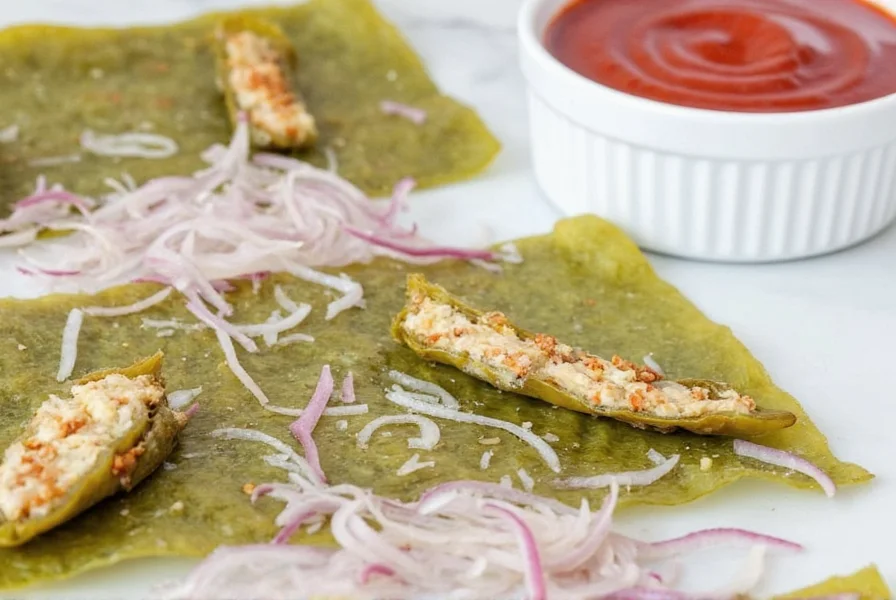
Table of Contents
- Introduction
- A Taste of History: Origins of Iranian Dolmeh
- The Spice & Soul Behind Each Leaf
- Step-by-Step Guide: Crafting Your Own Dolmeh
- Pro Tips for Perfectly Rolled Dolmeh Every Time
- Buying Guide: Finding the Best Ingredients
- Serving Suggestions & Pairings
- Modern Twists on a Classic Dish
- Conclusion
Introduction
Picture this: tender grape leaves wrapped around a fragrant, spiced rice mixture, gently steamed until perfection. This is not just any dish — it’s Iranian stuffed grape leaves, known as dolmeh barg. Whether you’re a seasoned foodie or simply curious about global spice traditions, dolmeh offers a delicious gateway into Persian cuisine.
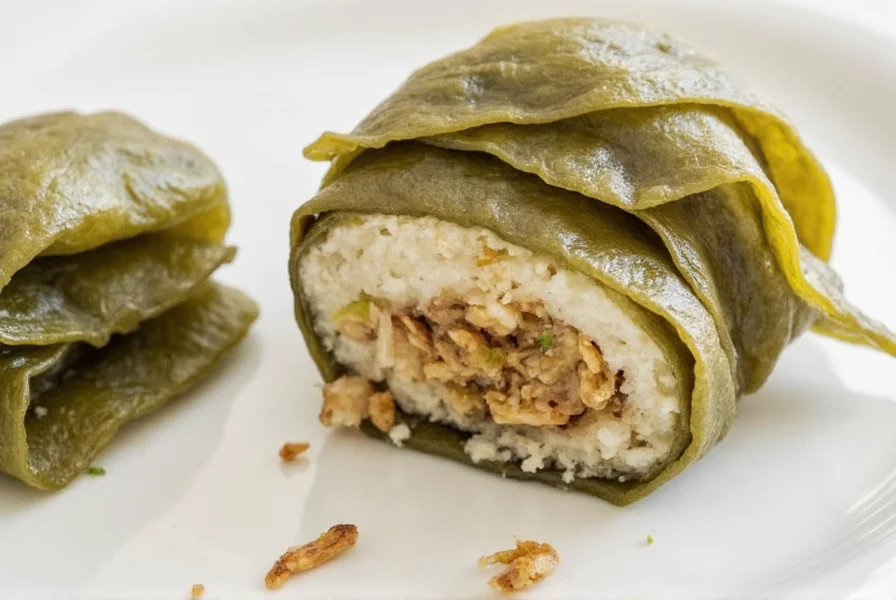
In this article, we’ll unravel the secrets behind this beloved Middle Eastern staple. From the history that wraps around ancient bazaars to modern-day kitchen hacks, get ready to roll up your sleeves — quite literally!
A Taste of History: Origins of Iranian Dolmeh
Dolmeh has deep roots in the culinary traditions of the Middle East and Mediterranean. In Iran, this dish evolved from practicality — preserving vegetables by stuffing them — into an art form filled with symbolism and celebration.
Historically, dolmeh barg was made during spring when fresh grape leaves were abundant. The filling often included rice, herbs, and sometimes minced meat, representing prosperity and renewal — making it a popular choice for Nowruz, the Persian New Year.
The Spice & Soul Behind Each Leaf
The beauty of Iranian stuffed grape leaves lies in their simplicity and balance of flavors. Here's what goes into the heart of dolmeh:
- Rice – Typically parboiled basmati, giving the filling a soft yet slightly chewy texture.
- Herbs – Fresh parsley, dill, and cilantro are staples, adding brightness and fragrance.
- Lemon Juice – For that signature tangy kick.
- Spices – Salt, black pepper, turmeric, and sometimes cinnamon or nutmeg add warmth and depth.
- Pine Nuts or Slivered Almonds – Occasionally toasted for crunch and richness.
- Grape Leaves – Either fresh or preserved in brine, carefully selected for size and flexibility.
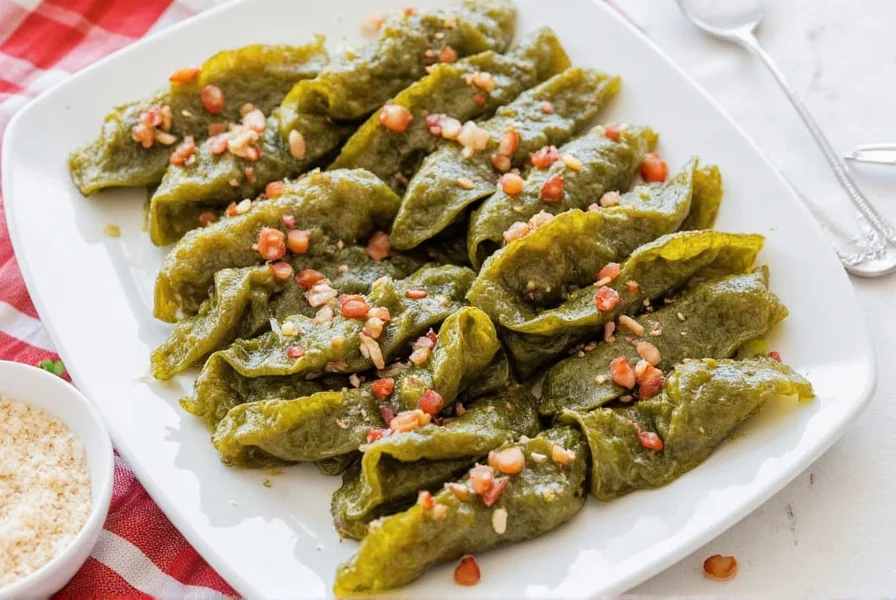
| Ingredient | Function | Substitutes |
|---|---|---|
| Basmati Rice | Main body of filling | Jasmine rice, short-grain brown rice |
| Fresh Herbs | Adds freshness and aroma | Dried parsley (reduced quantity), frozen herbs |
| Lemon Juice | Acidity to brighten flavor | Vinegar (white wine or apple cider) |
| Grape Leaves | Natural wrapper with mild bitterness | Cabbage leaves (blanched), Swiss chard |
Step-by-Step Guide: Crafting Your Own Dolmeh
- Prepare the Filling: Sauté onions in oil until golden. Add rice, herbs, lemon juice, and spices. Cook until partially done (about 5–7 minutes).
- Soak Grape Leaves: If using preserved leaves, soak in warm water for 30 minutes to remove salt and soften. Drain thoroughly.
- Roll Like a Pro: Lay leaf flat, shiny side down. Place a small spoonful of filling near the stem end. Fold sides inward, then roll tightly upward like a burrito.
- Layer in Pot: Line pot with extra leaves to prevent sticking. Pack rolls snugly, seam-side down.
- Cook Until Tender: Pour over a mixture of water, lemon juice, and a bit of oil. Cover with a plate to weigh down and simmer for 40–50 minutes.
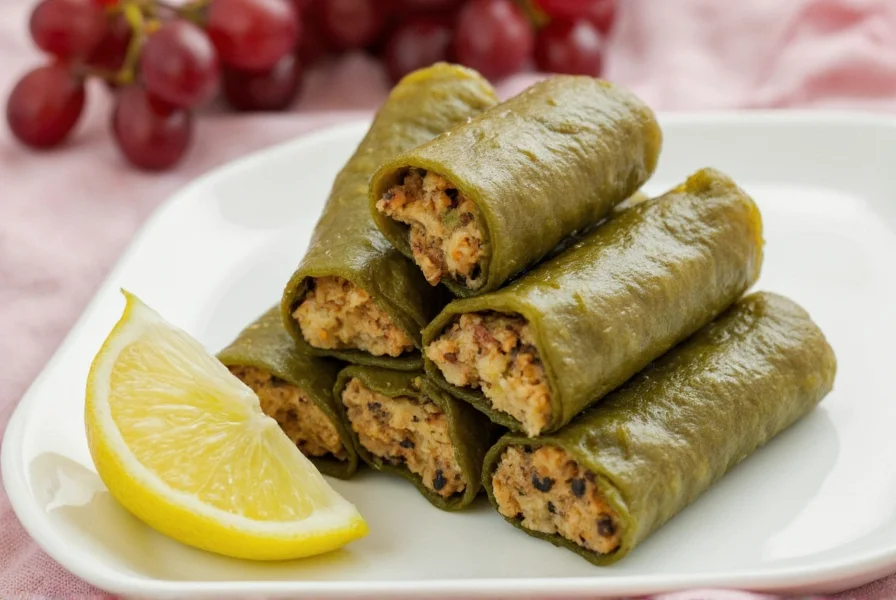
Pro Tips for Perfectly Rolled Dolmeh Every Time
- Use Small Amounts: Don’t overload each leaf — too much filling causes bursting during cooking.
- Keep Moist: Mist the leaves lightly with water while assembling to keep them pliable.
- Patience Pays Off: Let the dolmeh rest for 10–15 minutes after cooking; this helps the flavors meld.
- Avoid Overcooking: Check tenderness before turning off the heat. Undercooked leaves stay tough, overcooked ones become mushy.
- Store Smartly: Refrigerate leftovers in an airtight container for up to 3 days. Reheat gently on the stove.
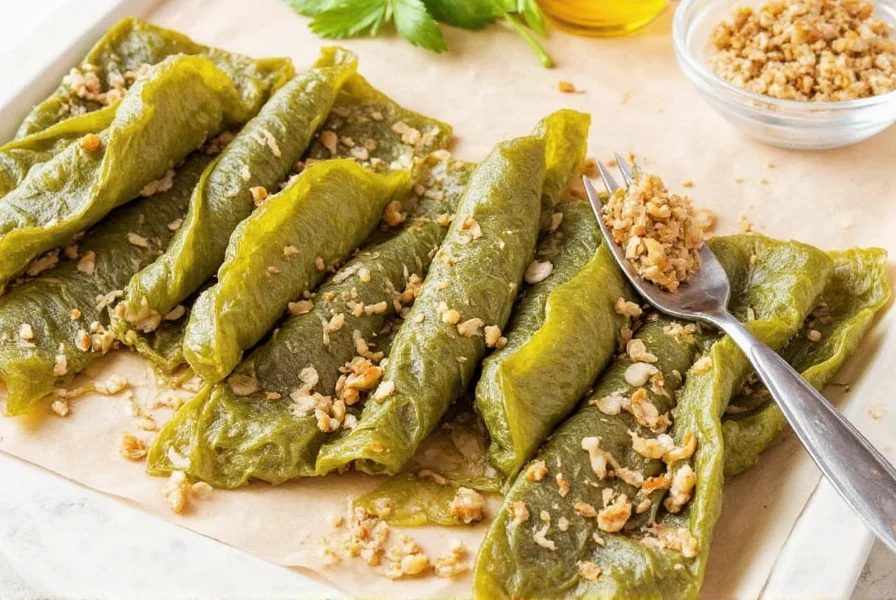
Buying Guide: Finding the Best Ingredients
To make the most authentic Iranian stuffed grape leaves, selecting quality ingredients is key. Here’s where to look and what to choose:
Grape Leaves
- Where to Buy: Middle Eastern markets, specialty grocery stores, or online retailers like Amazon.
- Brands to Try: Roland, Mina, El Yunque.
- Features: Look for firm, whole leaves packed in brine or salted water.
- Best For: Beginners and regular home cooks who don’t have access to fresh vines.
Basmati Rice
- Where to Buy: Asian supermarkets, major grocers, bulk bins at health stores.
- Brands to Try: Tilda, Royal, Daawat.
- Features: Long grain, aromatic, low stickiness.
- Best For: Authentic texture and flavor in Middle Eastern dishes.
Fresh Herbs
- Where to Buy: Farmer’s markets, organic sections of supermarkets.
- Top Picks: Organic flat-leaf parsley, fresh dill, and cilantro bunches.
- Features: Bright color, crisp stems, no wilting.
- Best For: Flavor enthusiasts who want maximum aroma and freshness.
Serving Suggestions & Pairings
Serving Iranian stuffed grape leaves is more than just placing them on a plate — it’s about creating an experience. Here are some perfect pairings:
- Yogurt Dips: A bowl of plain Greek yogurt mixed with mint, garlic, and a squeeze of lemon complements the tanginess of the dolmeh.
- Pickled Vegetables: Serve alongside torshi or pickled turnips for a burst of acidity and crunch.
- Pita or Naan: Great for scooping up juices or wrapping small bites.
- Mint Tea: A traditional post-meal drink in Iran that cleanses the palate and soothes digestion.
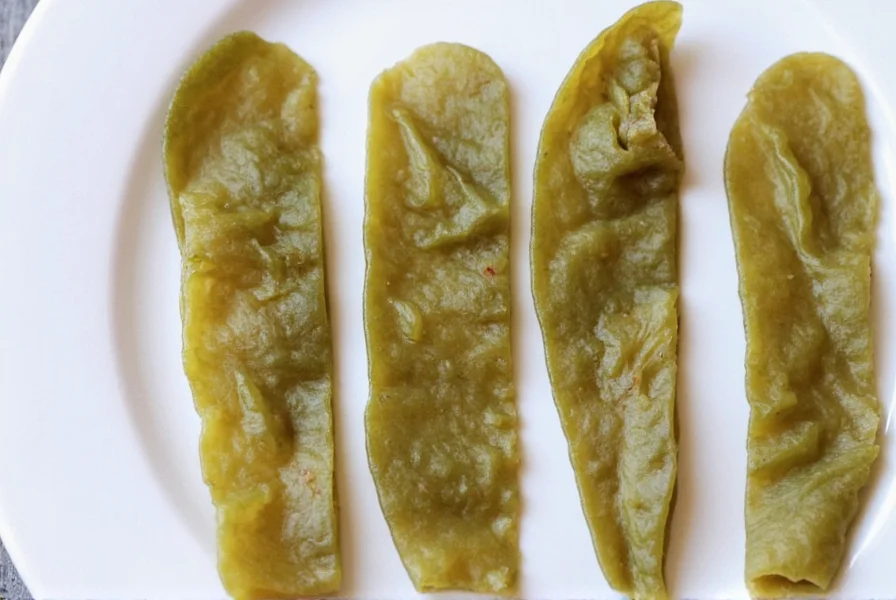
Modern Twists on a Classic Dish
While the traditional recipe holds its charm, there’s room for creativity! Here are a few fun variations to try:
- Vegetarian Delight: Skip the meat entirely and load up on mushrooms, lentils, or quinoa for protein.
- Asian Fusion: Swap lemon juice for lime and tamari, and toss in sesame seeds and shredded cabbage for a Vietnamese-inspired dolmeh.
- Cheesy Kick: Sprinkle feta or goat cheese into the filling for a creamy twist.
- Mini Dolmeh Bites: Use baby grape leaves for finger-friendly appetizers or party snacks.
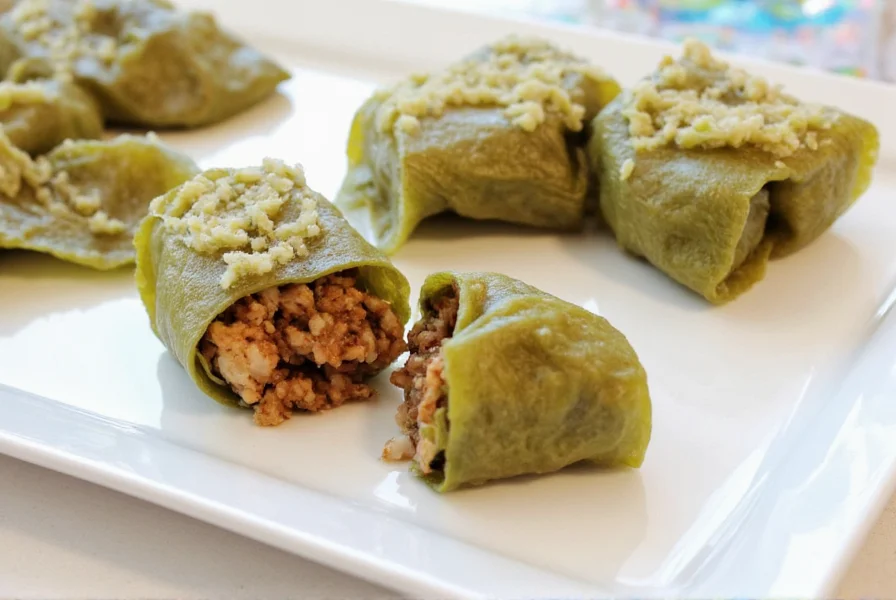
Conclusion
Iranian stuffed grape leaves aren’t just a meal — they’re a story told through flavor, tradition, and care. Whether you're making them for a festive occasion or a quiet Sunday dinner, dolmeh brings people together with every bite.
Now that you’ve got all the tips, tricks, and tools, why not give it a go? Roll up your sleeves, gather your ingredients, and bring a taste of Persia to your table today. Who knows — you might just start your own family tradition.

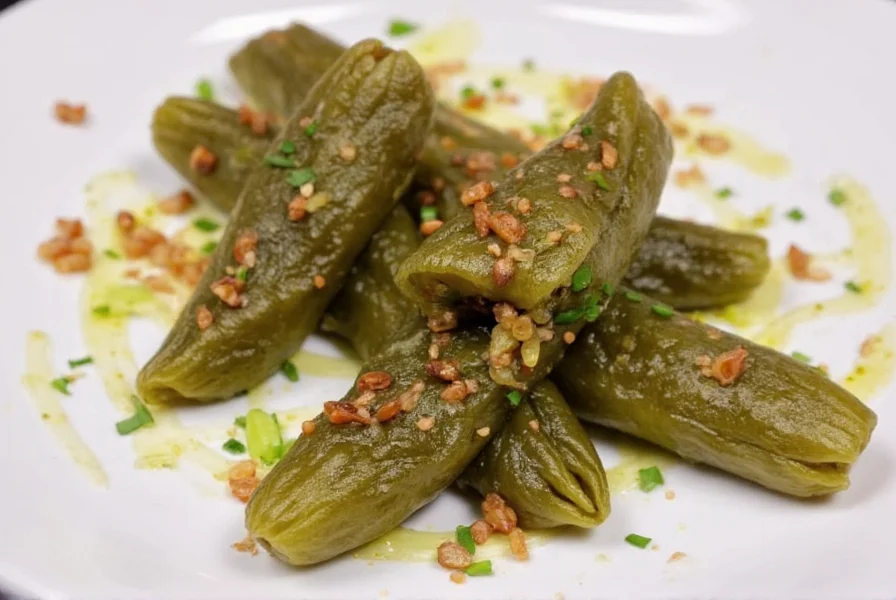









 浙公网安备
33010002000092号
浙公网安备
33010002000092号 浙B2-20120091-4
浙B2-20120091-4